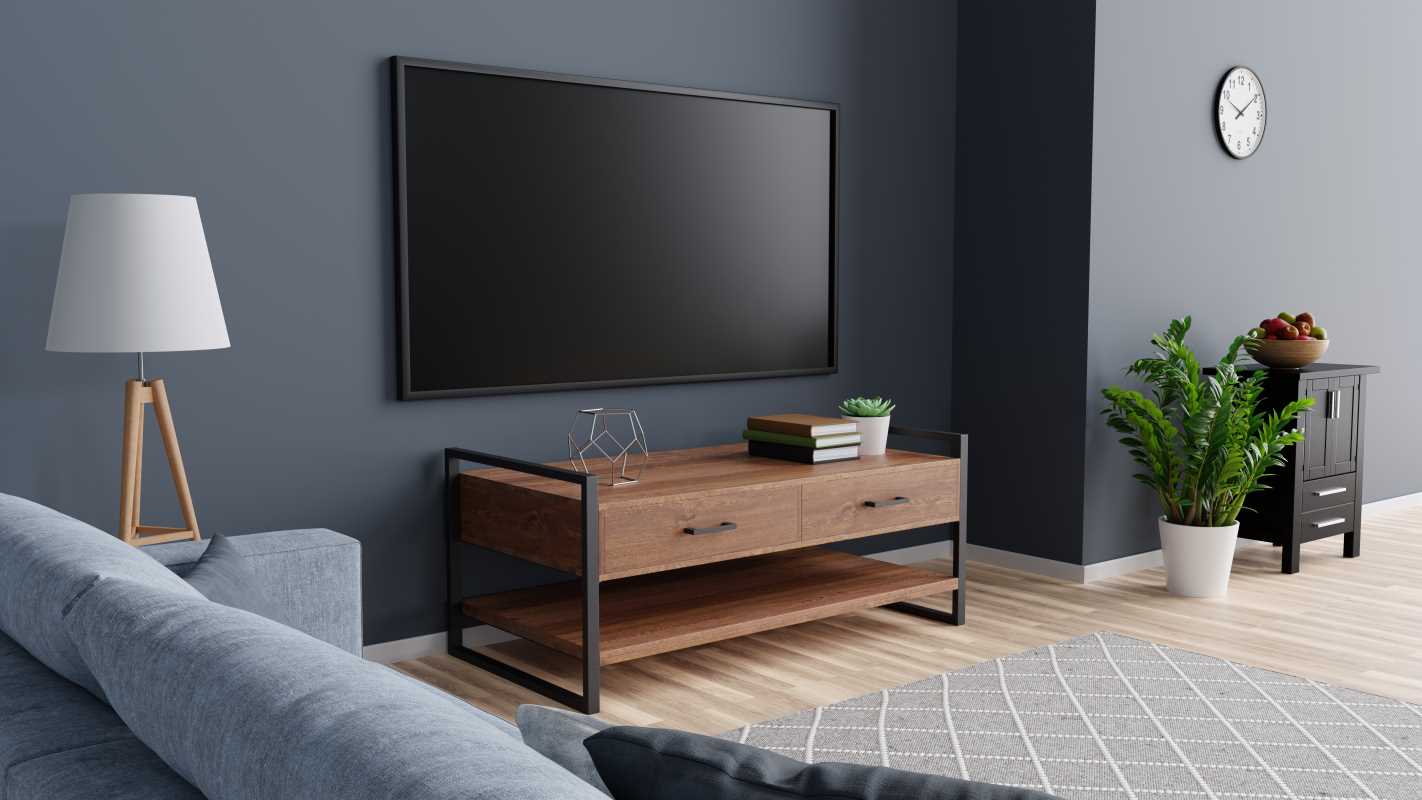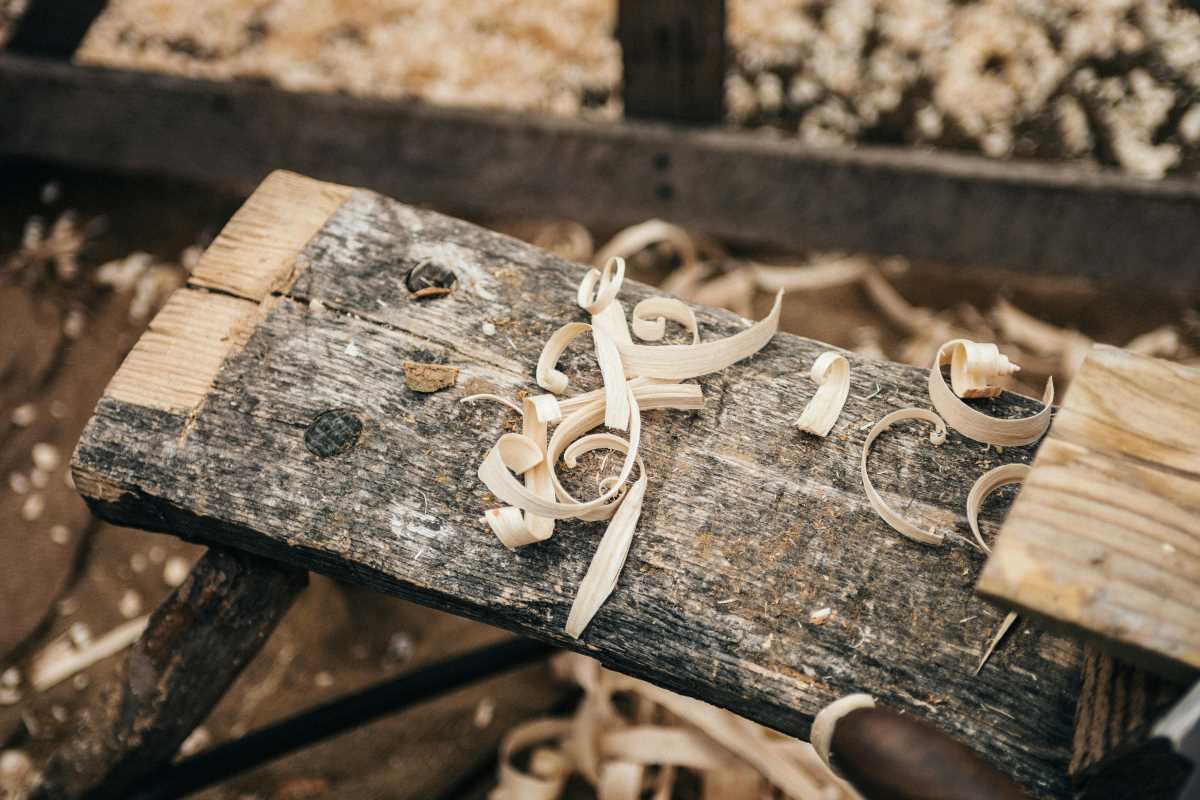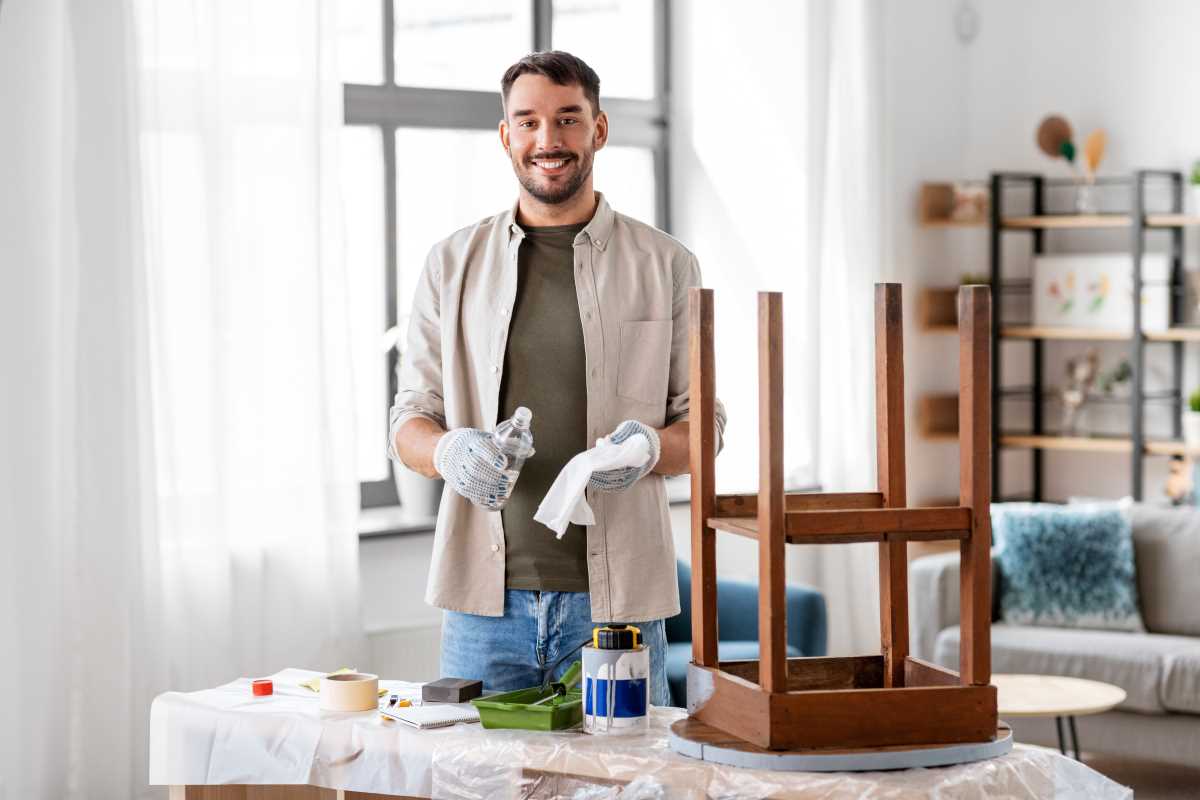Classic mid-century modern furniture brings together a feeling of nostalgia and enduring style. Restoring these iconic pieces allows you to celebrate the craftsmanship and creativity of a distinctive era while introducing a touch of character to your living space. Each restoration project offers the chance to preserve the original charm and details that make mid-century designs stand out. By giving new life to these furnishings, you honor the legacy of a design movement that continues to inspire and influence interiors today. Whether it’s a sleek coffee table or a vintage armchair, restored mid-century furniture can enrich any home with warmth and history.
Starting a restoration project can feel like embarking on an exciting adventure. Whether you have a cherished armchair or a vintage credenza, refreshing the look of your mid-century modern furniture not only enhances its function but also transforms it into a conversation piece that offers both history and style.
Understanding Mid-Century Modern Furniture
This style emerged during the mid-20th century and features clean lines, minimalist forms, and an emphasis on functionality. Mid-century modern pieces often use warm woods and geometric shapes that balance beauty and practicality. Their simple design makes them easy to incorporate into a contemporary setting.
Collectors and DIY enthusiasts appreciate these designs because they can change with a little care and creativity. The combination of natural materials and sleek silhouettes allows for many restoration opportunities, from minor refinishing to complete transformations. Understanding the original design intent guides your restoration decisions to honor the piece’s history.
Assessing the Condition: What to Look For
Before starting restoration, evaluate the condition of the piece. A careful assessment saves time and materials, helping you address each issue methodically. Begin by noting the overall structure, checking for stability, and identifying areas needing special attention.
The process involves a detailed inspection of joinery, finishes, and potential damage. Below are some key indicators to watch for:
- Cracks or splits in the wood
- Worn or peeling finishes
- Loose joints or hardware
- Stains or discolorations due to age or exposure
- Signs of pest damage or moisture issues
This checklist helps you prioritize which areas need professional attention and which you can fix yourself. A clear assessment sets the stage for a smooth restoration process and ensures that each step adds value to the piece.
By examining the condition thoroughly, you prepare yourself to handle both cosmetic details and structural repairs. Carefully inspecting each component reduces surprises later in the project and makes your efforts more successful.
Essential Tools and Supplies for Revitalization
Gathering the right tools and materials makes a big difference in the restoration process. A well-stocked toolkit speeds up the work and helps you maintain the original integrity of your *mid-century* piece. Taking time to purchase or borrow these supplies is a good investment.
Use tools suitable for each task. Here is a numbered list of must-have items for reviving vintage furniture:
- Sandpaper in various grits for smoothing surfaces
- Wood stain and finishes that match the original look
- Paint brushes and applicators for precise work
- Wood filler to repair small cracks and dents
- Screwdrivers and other hand tools for tightening joints
- Cloths and cleaning supplies to keep your workspace tidy
- Safety gear such as gloves and masks to protect yourself
Using the right tools guarantees safe and effective work. Make sure you have everything ready before you start, minimizing delays and allowing you to focus on the task at hand.
A clean workspace with the correct supplies not only makes the project more enjoyable but also helps you achieve a professional finish that highlights the piece’s original beauty.
Seven Key Techniques To Revive Mid-Century Modern Furniture
Restoring vintage furniture involves specific techniques that combine traditional craftsmanship with creative updates. Whether you want to preserve the original charm or add modern touches, these techniques guide you step by step through the process. Each method combines craftsmanship with fresh ideas.
The techniques below give practical tips and clear advice to help you get the best results when working on mid-century modern furniture:
- Surface Cleaning and De-Greasing: Clean the piece thoroughly with gentle cleaning agents to remove dirt and old polish without damaging the wood.
- Sanding for a Smooth Finish: Lightly sand the entire surface, moving with the grain to remove imperfections and prepare it for new finishes.
- Wood Repairs and Reinforcement: Fix loose joints or cracks with wood filler or small dowels. Strengthening structural parts ensures the piece lasts and remains stable.
- Stain and Finish Matching: Test different stains on scrap pieces to find a match. Always try in a hidden spot first to confirm it matches the original hue.
- Updating Hardware: Sometimes replacing hardware with carefully selected pieces can enhance the mid-century look without losing authenticity. Consider polished metallic knobs or handles for a subtle modern touch.
- Layering Protective Coatings: Apply a protective finish like clear polyurethane to guard against future wear. This step deepens the color and preserves the surface.
- Creative Upcycling: Reimagine parts by reusing them in new ways. For example, repositioning components or combining them with other pieces can create a fresh, creative update.
Each method emphasizes hands-on practice and real engagement. Always test a small area first to ensure the method works well with your specific furniture.
Using these techniques lets you keep the historical charm while updating its usefulness. Combining careful craftsmanship with creative ideas makes every step reflect your commitment to quality restoration.
Incorporating Revived Pieces Into Modern Interiors
Once your mid-century modern furniture has a new life, placing it into your home becomes a rewarding next step. Mixing vintage with modern creates interesting and eclectic interiors that stand out. The restored piece can serve as a focal point or a subtle enhancement to your overall decor.
Position the refurbished item where its shape and color complement existing decor. Putting a restored dresser against a neutral background highlights its natural beauty, while an armchair can add character to a modern seating area.
Try different arrangements that encourage the mix of old and new. By pairing your revived pieces with modern accents, you create lively settings that invite conversation and admiration.
The key is to let your personality shine through your decorating choices. Whether you display the furniture in a dedicated vintage-themed room or blend it into various spaces, each setup shows the unique story of transformation that the piece has experienced.
Restoring mid-century modern furniture becomes a creative journey and a hands-on activity for your free time. Exploring restoration not only restores beauty to worn pieces but also creates items that tell a story, adding character to your modern spaces.
Refreshing a piece and seeing it take on new life is rewarding. It shows that with care and imagination, beauty lasts.







